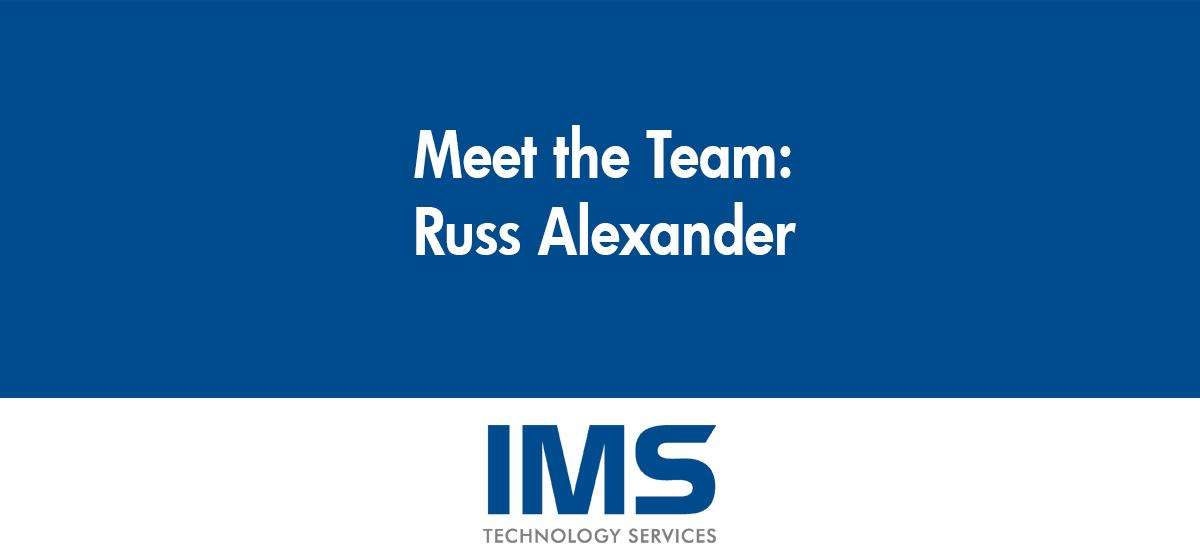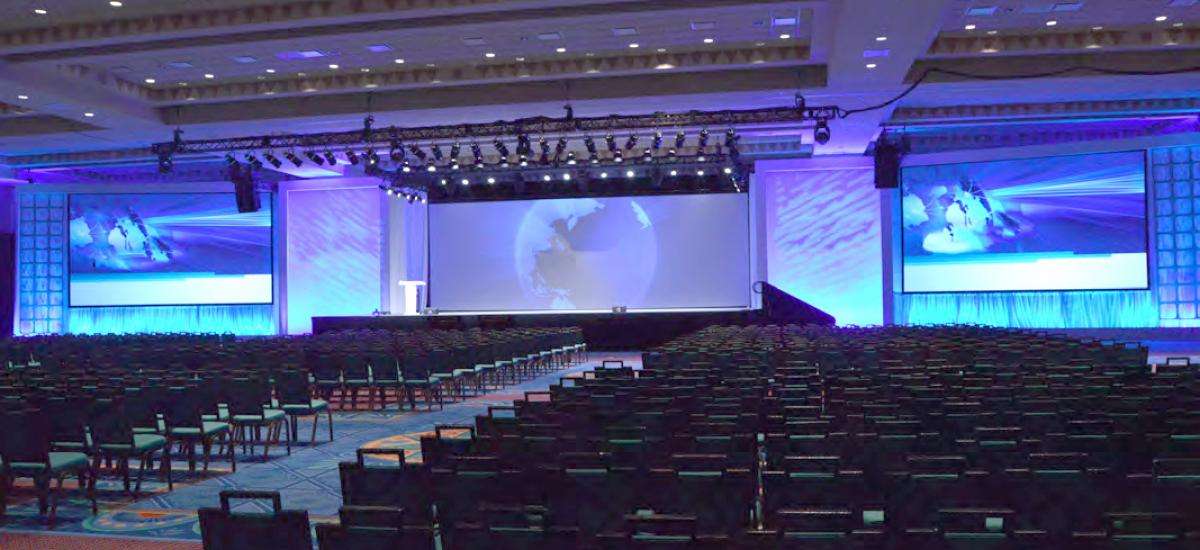Sound Masking & Speech Privacy: What Is It and Why Do I Need it?
Lack of speech privacy - overhearing conversations and fear of being overheard - is the number one complaint of office workers.
Read more
From Concept to Completion – The Travel Log to a Successful AV Project: Design Development
As we discussed in our previous article, there are a number of ways an organization can develop the concept for their technology project. They can leverage experienced in-house staff, lean on an architect or design professional who is engaged in the project for support, or work with a technology consultant or design build integrator. Regardless of what path was taken to develop the concept, when it comes down to developing a design, all three parties must be involved. A successful design requires consideration of a number of factors including:
Read more
Russ Alexander - Integration Warehouse Technician
Learn more about Russ Alexander, Integration Warehouse Technician
Read more
Global Leadership Meeting
This organization had been working with one event staging company for many years for their Global Leadership Meeting and wanted to take it to the next level. Their meeting planning company allowed IMS to bid on this conference, their largest annual event, to be held in Orlando, Florida for ten days. The client also needed a whole new stage set as their previous hard-set stage was destroyed in shipping after a previous conference. They also desired an event staging partner who could assist them to take their general sessions, breakout sessions and multiple awards presentations to the next level with upgraded audio, video, lighting, staging and content creation in Orlando.
Read more
IMS in Mid-Atlantic Events Magazine
Check out the article about Augmented Reality written by our content creation and production coordinator, Tim Wingert, that is featured in the current issue of Mid-Atlantic Events Magazine.
Read more
The New Reality: Not Virtual…but Augmented
Prior to the 21st century, much of the hype about Virtual Reality was based upon the excitement of experiencing a newly imagined and artificially created world in which someone could be placed to act and experience as they wished. Grand scenarios of virtual reality were forecasted as scientists and culture experts predicted VR in ways that incited visions of the incredible worlds created in the famous “Holodecks” from the fictitious Star Trek universe.
Read more






